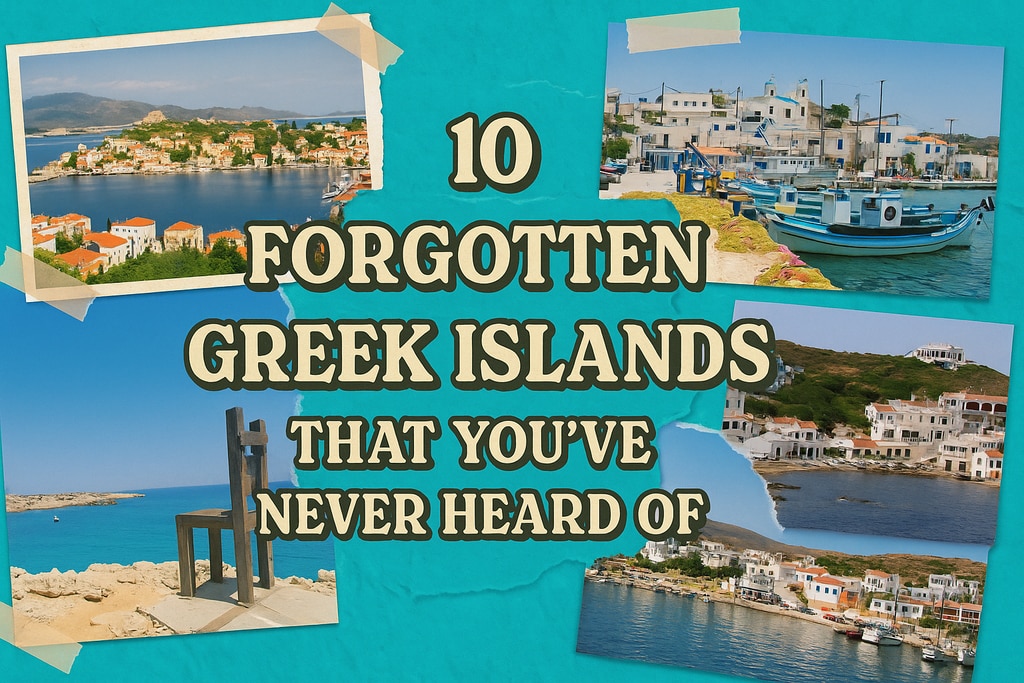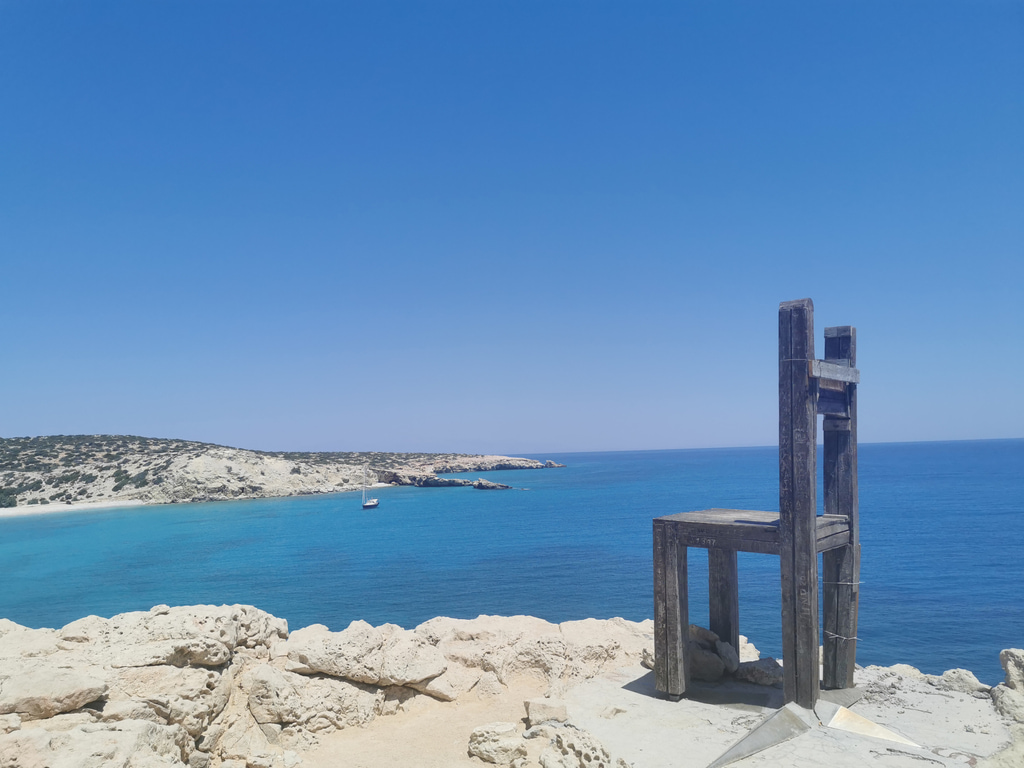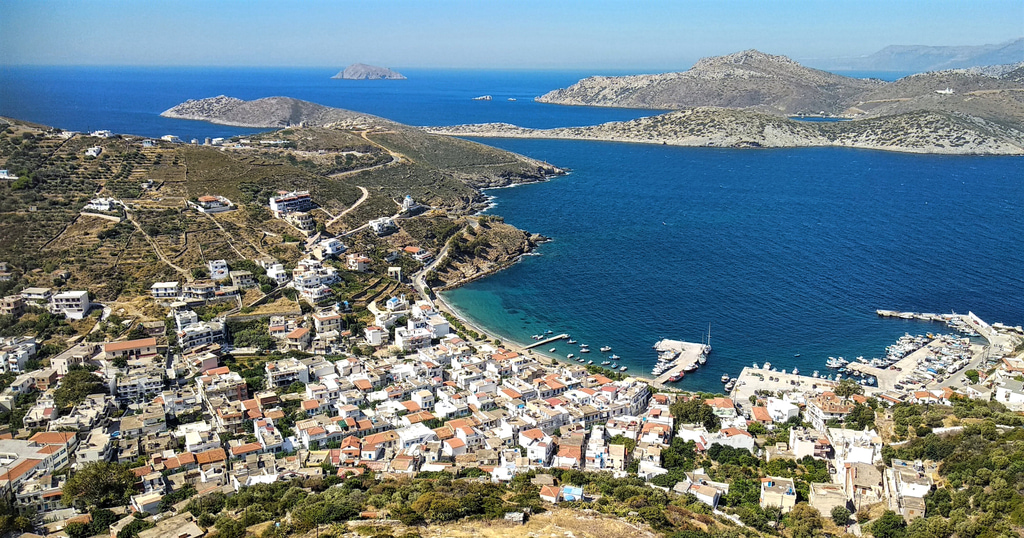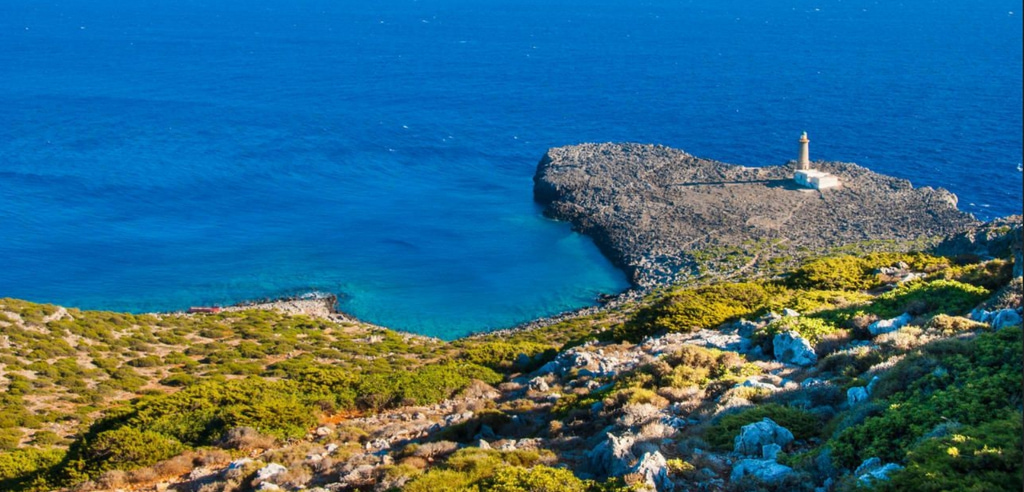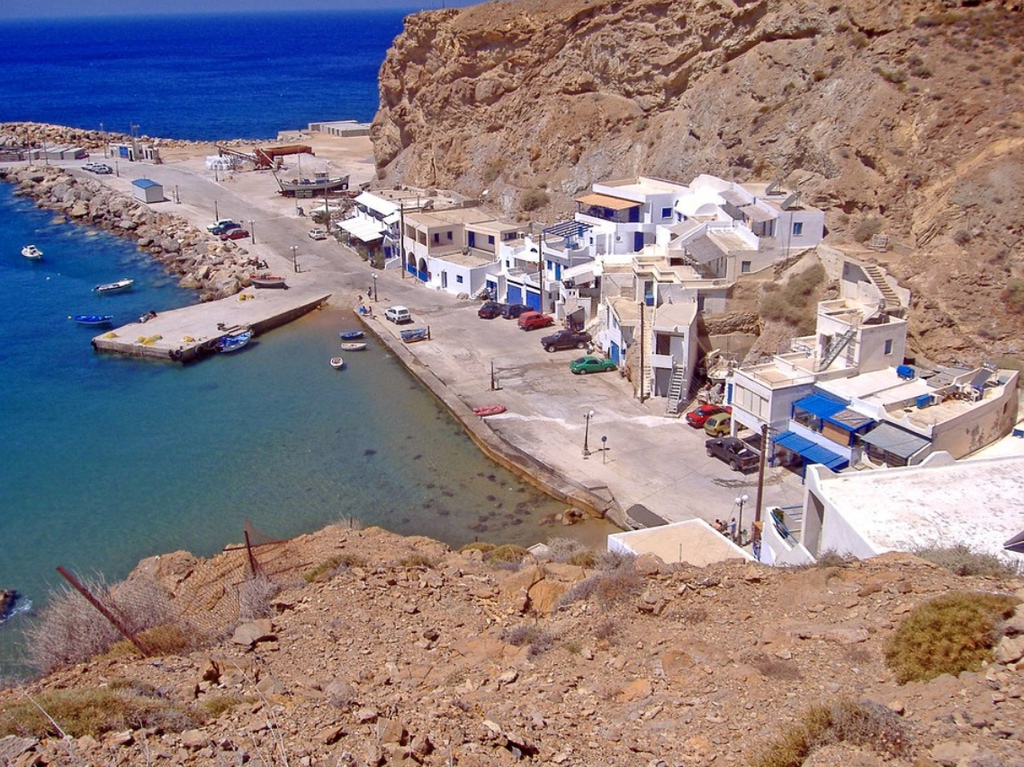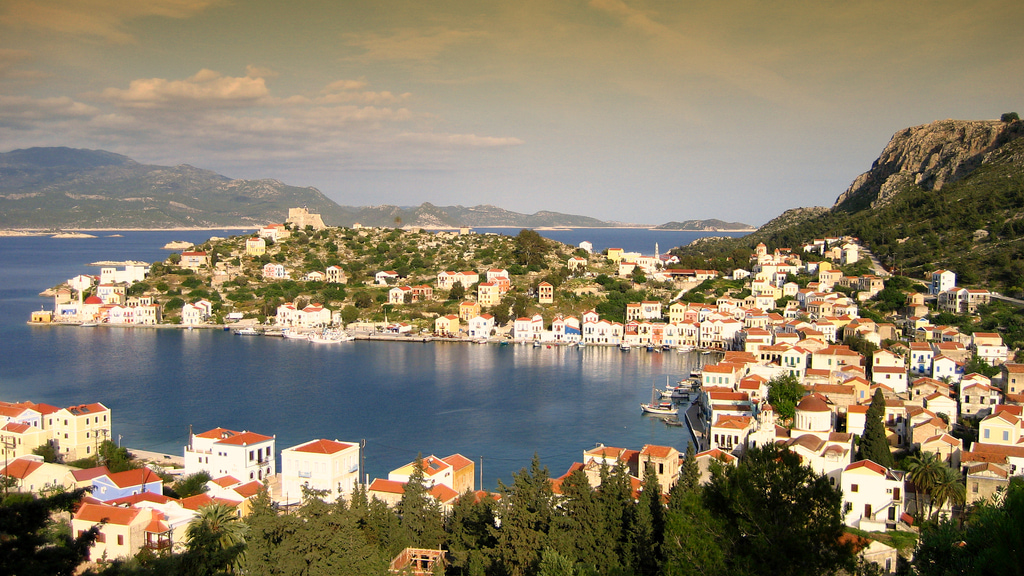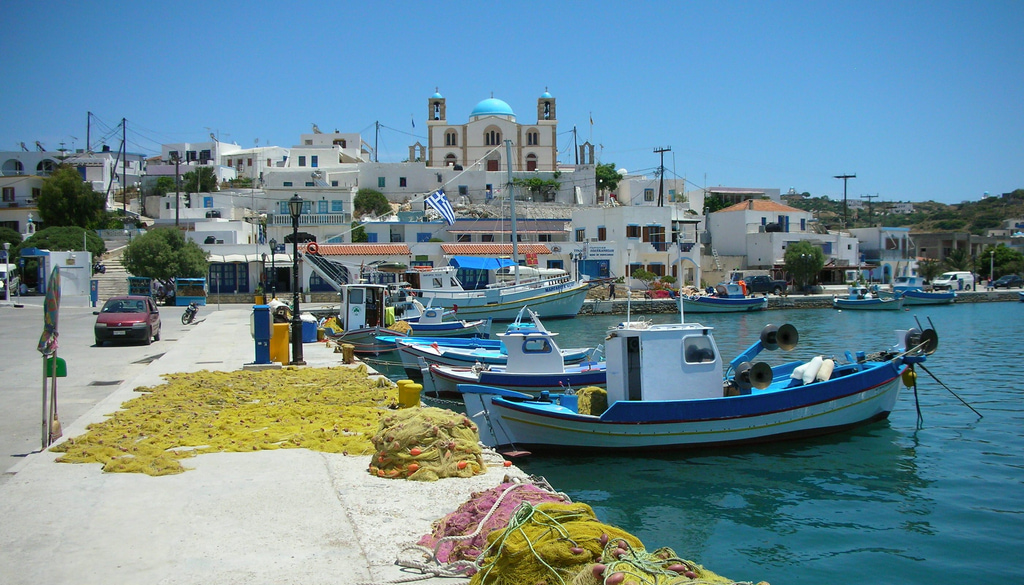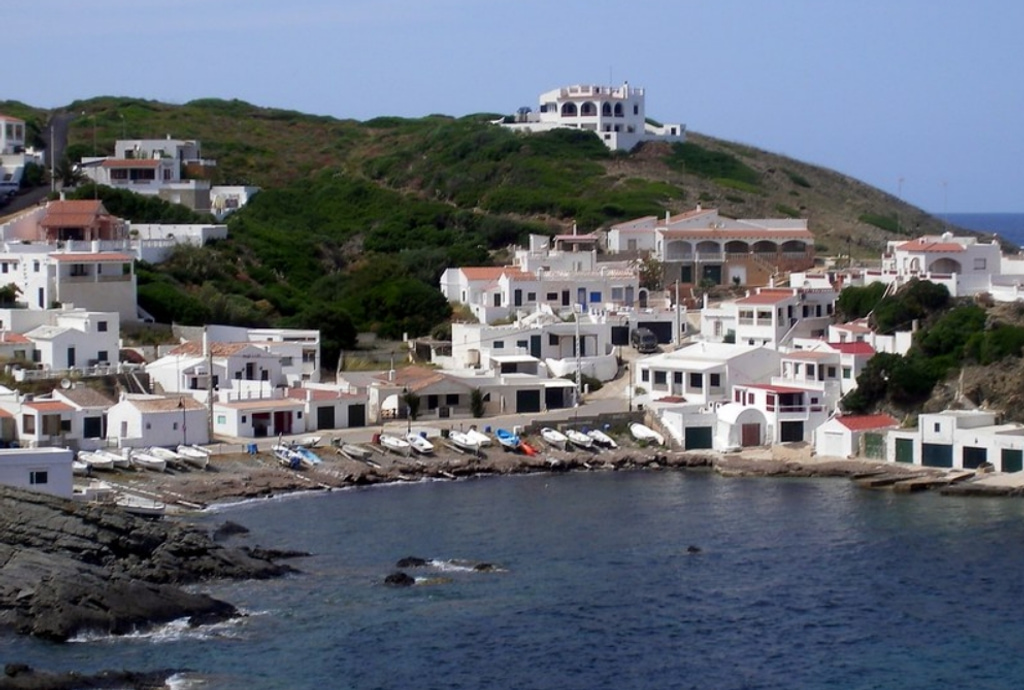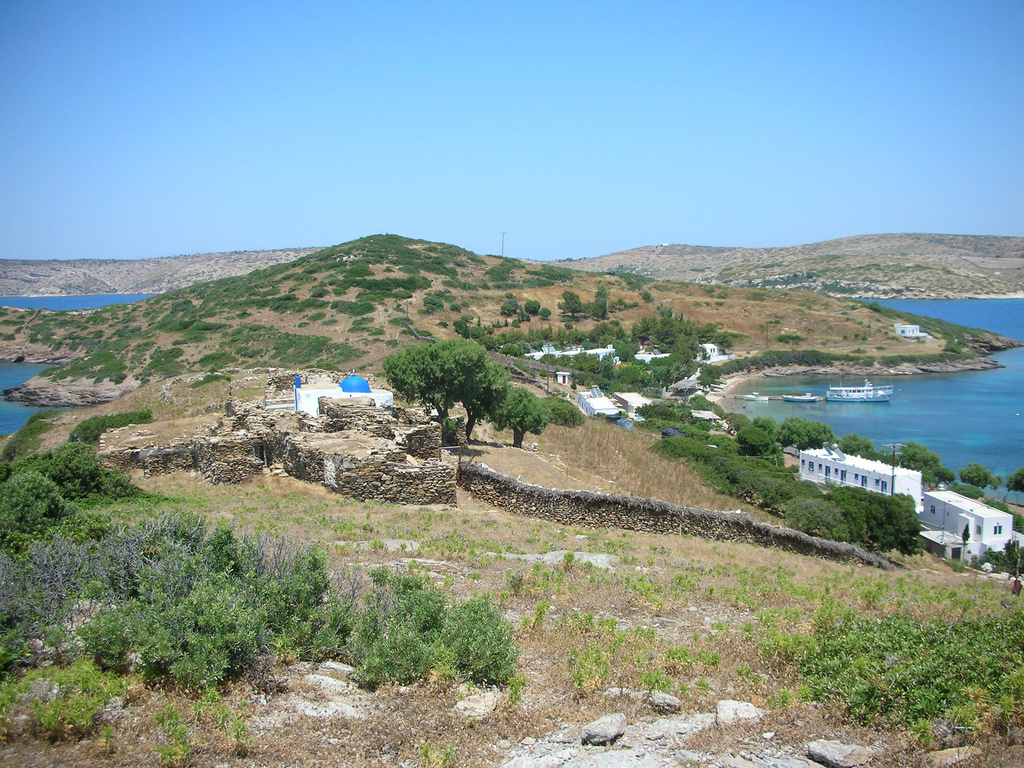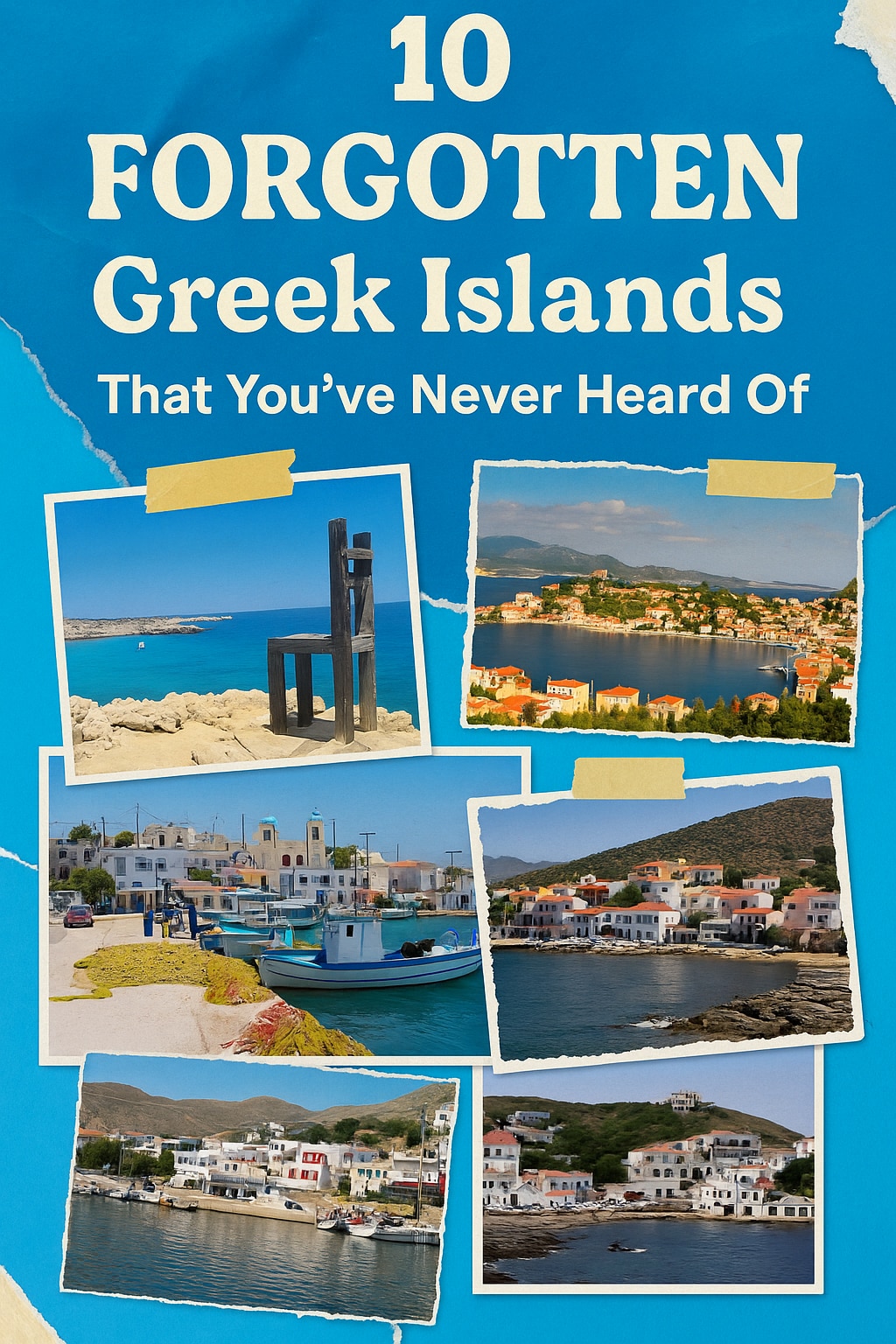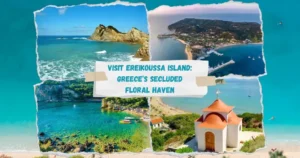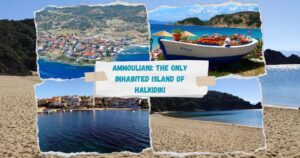10 Forgotten Greek Islands That You’ve Never Heard Of
Escape the Crowds and Discover Greece’s Hidden Shores
When most people think of Greece, their minds race to Santorini’s white domes, Mykonos’ glamorous parties, and Crete’s sun-soaked beaches. But step away from the ferry routes clogged with tourists and the over-filtered Instagram feeds, and you’ll find a different Greece—one where quiet coves, untouched villages, and island time still mean something.
There are over 6,000 Greek islands, and fewer than 250 of them are inhabited. Among them are remote, nearly forgotten gems where goats outnumber people and tavernas still serve octopus caught that very morning. These are the places where Greek life slows down to its most authentic rhythm. So if you’re looking to escape the crowds and discover something truly special, here are 10 forgotten Greek islands you’ve probably never heard of—but might want to keep a secret.
1. Gavdos – Europe’s Southernmost Point
Far beyond the well-known shores of Crete, Gavdos lies like a speck in the Libyan Sea. It’s the southernmost point of Europe, but it feels more African than Greek, with reddish cliffs, juniper trees, and empty beaches where you’re more likely to meet a wandering donkey than another traveler. The population hovers around 50 in winter, swelling only slightly in summer as off-grid campers and nature lovers arrive. The only roads are dusty and rough, but they’ll lead you to stunning beaches like Sarakiniko, Agios Ioannis, and Potamos, each more isolated than the last. Gavdos is ideal for wild camping (technically not legal, but tolerated), and there’s only a handful of tavernas, most of which run on solar power. No nightclubs, no beach bars—just starry skies and salty breezes.
2. Fournoi – The Pirate Archipelago
Nestled between Ikaria and Samos, Fournoi is an archipelago of tiny islands and islets, only one of which is permanently inhabited. Once a notorious hideout for pirates during the Byzantine and Ottoman periods, the isles today are a peaceful haven for fishermen, foragers, and visitors who don’t need a beach club to find paradise. The main island, Fournoi Korseon, has a sleepy village with classic whitewashed houses, and locals still fish using traditional wooden boats. Archaeological dives in the surrounding waters have uncovered dozens of ancient shipwrecks—over 50, making it the Mediterranean’s richest underwater graveyard. But above water, it’s all about untouched coves, fresh seafood, and the kind of quiet that settles deep into your bones.
3. Antikythera – Time Slows Down Here
Between the better-known islands of Kythira and Crete, Antikythera is a tiny, wind-battered land with only a few dozen residents. It might be best known as the location where the famous Antikythera Mechanism—a 2,000-year-old analog computer—was discovered, but today it’s mostly home to migratory birds, rare monk seals, and a handful of hardy locals. Ferries only arrive a few times a week, and there are no hotels—just a few rooms to rent in private homes. Visitors come not for nightlife or museums but for hikes across ancient terraces, swims in crystal-clear waters, and an overwhelming sense of timelessness. If you want to disconnect completely, this is your island.
4. Anafi – The Cycladic Secret
Just a short ferry from Santorini, Anafi is everything its famous neighbor is not. Where Santorini is bustling and chic, Anafi is raw and quiet. The island has just one main village, Chora, perched on a hillside with jaw-dropping views. Time seems to loop here: locals drink raki at the same café their grandparents did, and sun-bleached churches sit above hidden beaches that you’ll likely have all to yourself. Climb Mount Kalamos to reach one of the most isolated monasteries in Greece, clinging to a cliff like a secret. There are no resorts, and Wi-Fi is patchy—on purpose. But for hikers, stargazers, and seekers of calm, Anafi is pure Cycladic magic.
5. Agios Efstratios – A Volcanic Solitude
Located in the northern Aegean near Lemnos, Agios Efstratios (or Ai Stratis, as locals call it) is a volcanic island known not just for its serene landscapes but also for its heavy history. It was once a place of exile during Greece’s political unrest in the mid-20th century. Today, it’s a sanctuary of peace, with around 200 residents who live simply and sustainably. There’s one village, no nightlife, no ATMs, and barely any cars. What it does have are dreamy beaches like Alonitsi and Trygari, reached only by boat or trail. The water here is impossibly blue, and there’s a silence that’s almost sacred. Agios Efstratios invites you to shed the world and just be.
6. Kastellorizo – A Colorful Edge of Greece
Just 2 kilometers from the Turkish coast, Kastellorizo (also known as Megisti) is a dot in the easternmost part of Greece. It’s known for its vivid neoclassical harbor, where pastel-colored houses reflect in the water like a painting. While the main village is picturesque, the island as a whole is incredibly quiet. There are no long beaches, but instead, you’ll find dramatic cliffs, sea caves like the Blue Grotto, and some of the clearest waters in the Aegean. Kastellorizo has a small airport and is occasionally visited by curious day-trippers from Turkey, but the evenings are silent, filled only with the scent of jasmine and the sounds of fishermen mending their nets. It’s the end of the line in the most beautiful way.
7. Tilos – For Nature Lovers and Poets
In the Dodecanese, between Rhodes and Kos, lies Tilos, a haven for ecotourism, birdwatching, and peaceful wandering. The entire island is a designated nature reserve, home to over 150 species of birds and a variety of endemic plants. It’s also where Europe’s last dwarf elephants roamed, and their remains can still be seen in the local museum. Tilos is proudly eco-friendly, having banned hunting and committed to renewable energy long before it was trendy. The main village, Livadia, has a small beach, a few quiet tavernas, and walking paths that lead to deserted monasteries and ghost villages. This is the place for those who love hiking, local food, and authentic connections over luxury and crowds.
8. Lipsi – Mythical Tranquility
Said to be the mythical island of Calypso from Homer’s Odyssey, Lipsi lies quietly among the Dodecanese. It’s a cluster of tiny islets surrounding one main village, where life moves at a gentle pace and the food tastes better simply because it was grown or caught nearby. The beaches here—like Platis Gialos, Hohlakoura, and Monodendri—are some of the least visited in Greece, meaning you’ll often find yourself completely alone, surrounded by silence and sky. The locals are warm and proud of their heritage, and you’ll often be invited to a glass of ouzo just for being there. Lipsi has no large hotels, no clubs, and no rush—just peace.
9. Psara – Heroic and Humble
Off the coast of Chios, Psara is often overlooked despite its significant role in the Greek War of Independence. Once a prosperous naval base, it was nearly destroyed in the 1820s. Today, Psara is home to fewer than 500 people and lives in quiet defiance of modern tourism. The harbor is lined with simple houses and one or two cafés, and the island’s hills hide churches, war memorials, and caves used by freedom fighters. The beaches are wide, windswept, and usually empty. For history lovers and those who appreciate raw, emotional landscapes, Psara is deeply rewarding. It’s a living memory of resilience and national pride.
10. Marathi – The Island With No Roads
If you want to vanish completely, head to Marathi or Marathos. It’s part of the Arki islets near Patmos and has a permanent population of just a few families. There are no roads, no cars, and only three tavernas that also offer rooms to sleep in. Electricity is solar-generated, and supplies come by boat. Life here is pared down to the essentials: swimming in glassy water, reading in the shade of tamarisk trees, and watching stars you forgot existed. The island has one long beach, a few goats, and a kind of serenity that’s impossible to fake. You’ll need to take a boat from Arki or Patmos, and you won’t find much online about it—which is exactly the point.
The True Greek Experience Lies in the Forgotten Corners
These forgotten islands aren’t for everyone. They lack the conveniences and entertainment of the big names, and getting there might require patience, a willingness to adapt, and perhaps a bit of discomfort. But what they offer in return is something rare: silence, authenticity, and a connection to the Greece that existed before the age of mass tourism. These are places where you eat what the sea provides, sleep under constellations unbroken by light pollution, and rediscover the beauty of doing nothing at all. If you’re ready to swap beach bars for fishing boats, poolside DJs for cicadas, and crowds for conversations with locals over homemade wine, these ten forgotten Greek islands are waiting—quietly—for someone like you to notice them.

